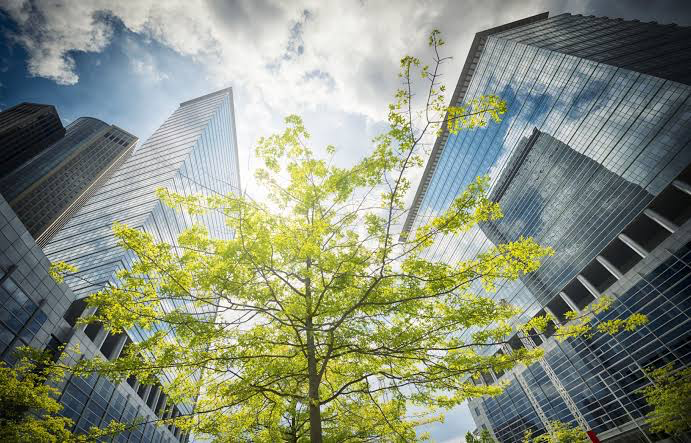In recent years, there has been a notable surge in energy consumption attributed to the increasing economic activity and expansion of electrification. As more homes adopt heat pumps and electric vehicles become prevalent, the demand for energy continues to escalate. Between 2015 and 2022, residential heat pump sales tripled, while electric vehicles accounted for one in every five vehicle sales globally in 2023.
The International Energy Agency (IEA) recently highlighted the critical role of buildings in the energy landscape. In a newsletter titled “More efficient and flexible buildings are key to clean energy transitions,” the IEA emphasized the importance of unlocking efficiency and flexibility within buildings to support future energy systems. However, achieving this goal requires the implementation of appropriate policies, including energy efficiency requirements and demand-response features in building and appliance regulations.
India, in particular, faces significant energy consumption challenges, with a projected tenfold increase in air conditioner ownership by 2050. This surge in demand could lead to a sixfold jump in peak electricity demand in buildings. Nevertheless, the IEA’s Announced Pledges Scenario suggests that adopting efficient building designs and stricter energy performance standards for appliances could mitigate this increase by half, significantly reducing stress on electricity networks.
Similarly, the demand for buildings in Africa is on the rise, with 80% of the buildings expected to exist in 2050 yet to be constructed. To address this growing demand sustainably, the Africa Manifesto for Sustainable Cities & the Built Environment prioritizes energy efficiency, water conservation, materials usage, finance, and infrastructure development.
Recognizing the significance of buildings in the energy landscape, the IEA underscores the need for energy-efficient practices. Buildings currently account for about 30% of global final energy consumption and more than half of final electricity demand. With the growing adoption of appliances like air conditioners, energy consumption is expected to rise further. However, implementing energy efficiency policies can significantly reduce energy consumption without compromising the quality of energy services provided.
One promising approach is to leverage technologies that enable buildings to interact with the grid more flexibly. By allowing buildings and grids to communicate, energy demand during peak times can be managed more effectively, and energy consumption can be optimized. Additionally, buildings can host distributed energy resources, such as renewable energy generation and storage systems, further enhancing their role in the energy ecosystem.
To realize the full potential of this approach, buildings need to become more efficient and interactive with the grid. This involves investing in energy-efficient building designs, integrating renewable energy systems, and deploying smart technologies for energy management and grid interaction. The IEA highlights the significant benefits of greater interaction between buildings and grids, including reduced energy demand, lower carbon emissions, and cost savings for power systems.
While progress in this area has been relatively limited, countries around the world are exploring opportunities to enhance interactions between buildings and grids. By prioritizing energy efficiency and grid communication technologies, stakeholders can pave the way for a more sustainable and resilient energy future.
Source: ESI Africa



